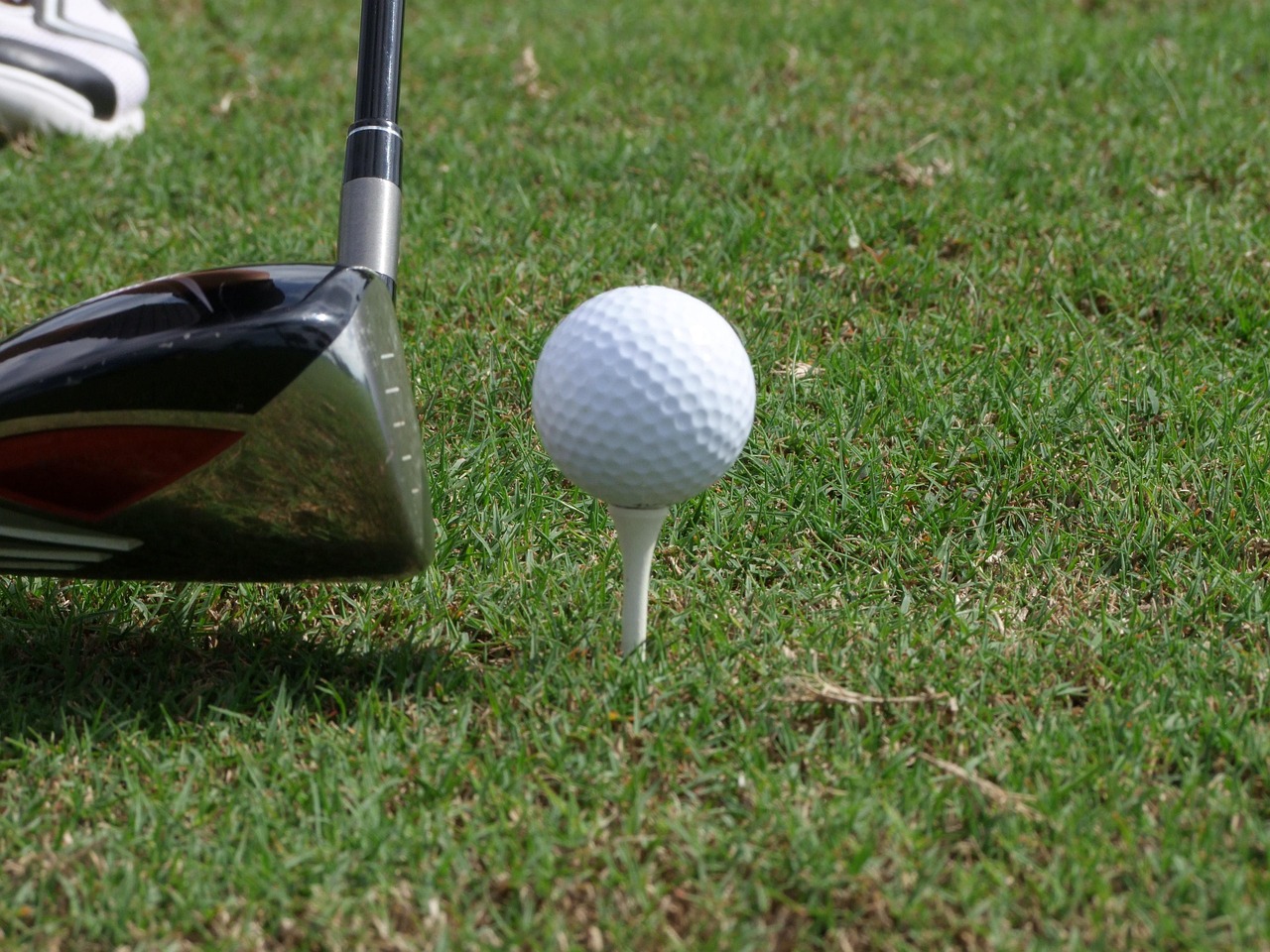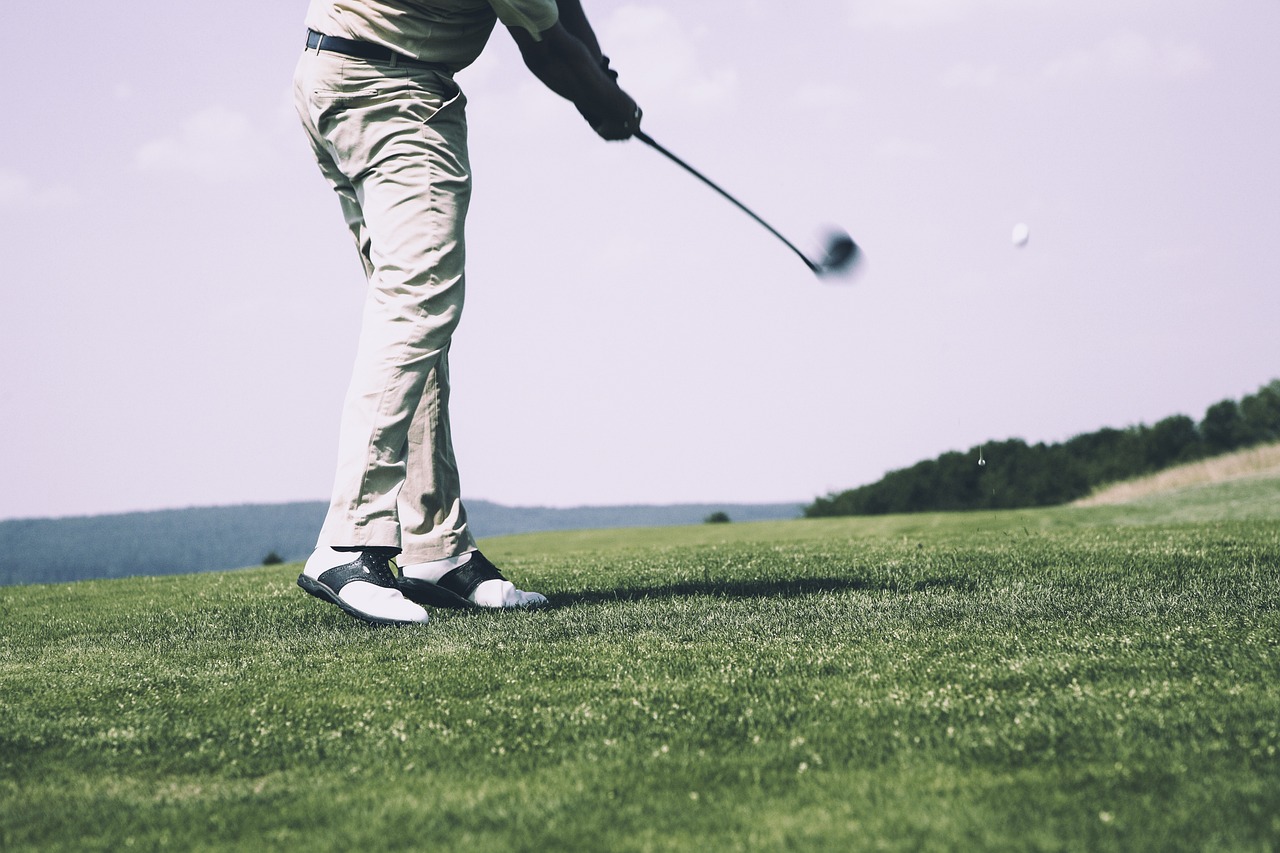Head lice, also referred to as nits, are small, parasitic, un-winged insects that feed on blood from a human scalp. Due to their un-winged nature, lice tend to move around by crawling. The parasitic infestation requires a Head Lice Treatment to solve the problem.
Head lice causes
Head lice are usually transmitted through head to head contact. Considering the fact that lice cannot hop or fly, the parasites depend on physical contact to find a new host. Thus sharing of combs or any other item which come in contact with an infected person’s hair can cause infection.
The lice attach the eggs a quarter inch or less from the base of one’s hair shafts. The eggs usually take about eight to nine days before hatching. Eggs more than a quarter inch from the base are likely to have hatched, are empty casing or are dead.
Lice eggs resemble little willow buds and can appear to be yellow, white or same colour as the host’s hair. Thus the eggs can at times be mistaken for dandruff, scabs or droplets of hair spray. Adult lice appear as grey-brown insects about the size of a sesame seed.
Effects of head lice
Once a person has a head lice infestation, some effects such as extreme scalp itchiness can be experienced. Lice can cause irritation. As a result of extreme itchiness, scabs and sores may form on one’s scalp.
Treatment
Once a lice infection test by a doctor turns out positive, one is advised to get rid of the lice through conventional lice treatment. This type of treatment involves an over-the-counter topical medication to kill the lice and the eggs. Known not to kill recently-laid eggs, a second over-the-counter treatment is to follow after an exact number of days. Failure to do so could result to prescription of treatment with more serious side effects compared to over-the-counter.
There are several natural remedies to lice treatment which may be more cost effective as most of the ingredients are already at hand. The remedies may include:
Wet combing
This is a natural remedy which involves having one’s hair completely wet with optional anti-lice conditioner added to it. Then comb the entire lice-infested scalp from the scalp to the hair end using a fine-tooth nit comb. The procedure is to be carried on around two weeks for desired results.
Sanitizing combs and brushes
This remedy involves addressing the tools that have been used in a lice-infested person’s hair especially before and after wet combing. One can either wash the tools using very hot water and soap or soak the tools in rubbing alcohol for at least an hour.
Vacuuming
Besides treating and caring for the infected persons, vacuuming the surrounding, for example the floors and furniture, could help get rid of any viable lice eggs. This helps prevent any future possible outbreaks.
Head lice infections can reoccur. To reduce risks, properly clean the house and avoid contact with infected persons until they have had a Head Lice Treatment.





